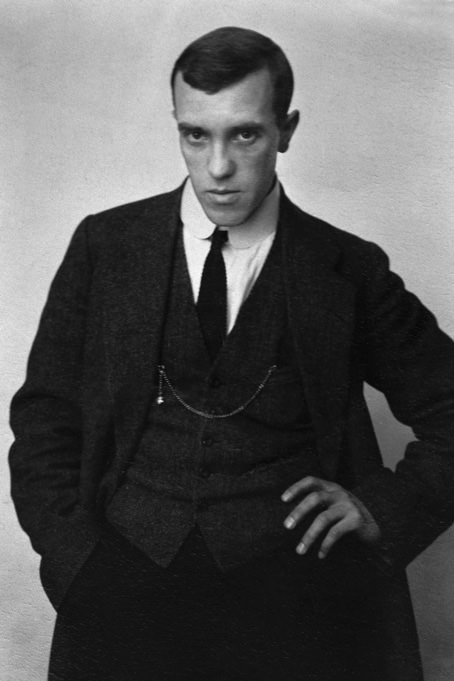

The reproduction of these works without the express written consent of the owner of the works is prohibited.
DownloadLilacs
Mägi painted two nearly identical versions of this motif, with only the details slightly different. Both paintings were executed in Tartu or Viljandi and belong to the same series as the 1915 portraits of Roma. In all of them, the background is not neutral and anonymous but busy with colours and patterns.
Mägi’s intense interest in patterns and ornaments probably comes from his Paris experience and is influenced by an Art Nouveau approach in using an eclectic array of cultural patterns as source material for his works. This is not of interest only from the perspective of painting theory, but also constitutes an example of a cultural Other used in the Western art canon in order to evoke mystery and an exotic quality.
As for lilac flowers, although it is a plant related to numerous legends in Estonian folklore, and the number of petals is associated with fortune or misfortune, it is hard to conclude that these associations were the reason that Mägi might have chosen this motif.
There was an episode in Mägi’s life where lilacs played a certain role. While in Paris, he developed a relationship with a Russian woman, who was apparently also an artist or art aficionado, whom he had met at the Salon d’Automne. At one point, the woman wrote him (the letter is undated): “My dear! My 21st birthday started off so boring and sad. All of yesterday I felt blue and didn’t go out. I kissed your flowers long and heatedly. It is my only true gift. The rose has opened its petals fully and I am afraid to touch it lest it fall apart. The lilacs, they caress my eyes.” Perhaps the lilacs he gave started to symbolize or at least remind him of love lost.
The luxuriance, abundance of the blossoms, the vitality brimming in them and above all the proliferation of colour were nevertheless much more important in this regard.
The reproduction of these works without the express written consent of the owner of the works is prohibited.

